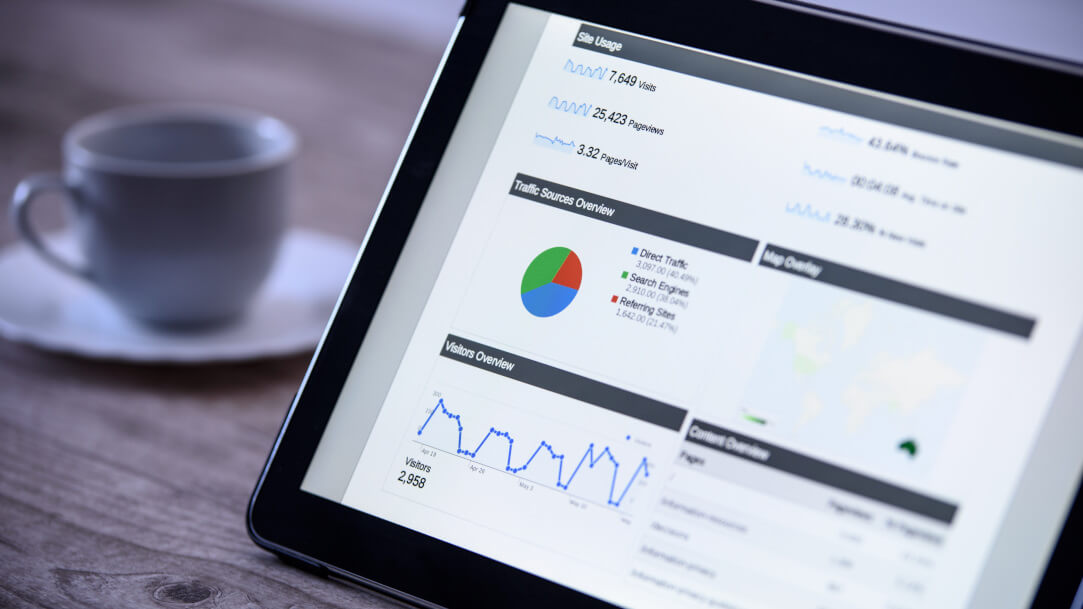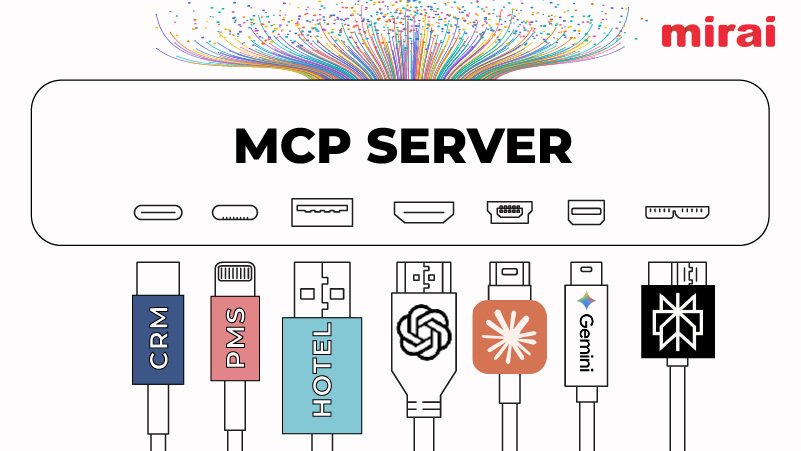
In a rapidly shifting travel landscape, hotels cannot afford to rely on gut instinct when assessing demand for their product.
NB: This is an article from EHL Insights
Subscribe to our weekly newsletter and stay up to date
To remain competitive, knowledgeable, and prepared, today’s top operators employ hotel demand management, which unites the methods of demand forecasting and market intelligence.
This article explores hotel demand forecasting, why it matters, and how hoteliers can use internal data and external intelligence to improve pricing, resourcing, and strategic decision-making.
What is Hotel Demand Forecasting?
Demand forecasting is one of the primary responsibilities of hospitality management. Hotel demand forecasting is the process of collecting and analyzing historical and current data to estimate future demand for rooms, F&B outlets, and events.
Key data inputs for hotel demand forecasting include:
- Past occupancy patterns
- Booking pace and pickup curves
- Seasonality
- Cancellations and no-show rates
- Events and holidays
- Market trends from source markets
The goal of demand forecasting is to optimize occupancy and maximize revenue, allowing hoteliers to react to and make the most out of market changes.
Why is Hotel Demand Forecasting Important?
Demand forecasting serves as the basis for effective revenue management, which uses analytics and performance data to maximize a hotel’s revenue. Without demand forecasting, there is no accuracy in predicting future booking volumes.
Accurate forecasting helps hotels match supply with demand by optimizing room pricing and distribution. Additionally, rather than living in a state of putting out fires, hoteliers may safeguard their income and make proactive adjustments by forecasting peak and low seasons.
How to Accurately Forecast Hotel Demand
Understanding both external market information and internal performance data is necessary for an accurate and efficient hotel demand forecast. Combining what’s happening within the property with what’s happening across the market allows for a holistic assessment of what affects a hotel’s demand.
Use Market Segmentation
When assessing demand, hoteliers must understand its different sources. Dividing the market into segments (e.g., corporate, leisure, group, OTA bookings) helps refine forecasts. Each segment has unique booking patterns, lead times, and price sensitivity, which hoteliers can leverage to gain the most out of each segment.
For example, if your internal booking data shows that corporate travelers consistently dominate weekday stays, while weekend stays are predominantly leisure guests, you can use this pattern to adjust pricing and promotions accordingly.
Offering weekday packages with business-friendly amenities or flexible cancellation terms could increase conversion for that segment. At the same time, weekend deals might emphasize spa access or late check-out to appeal to leisure travelers.




